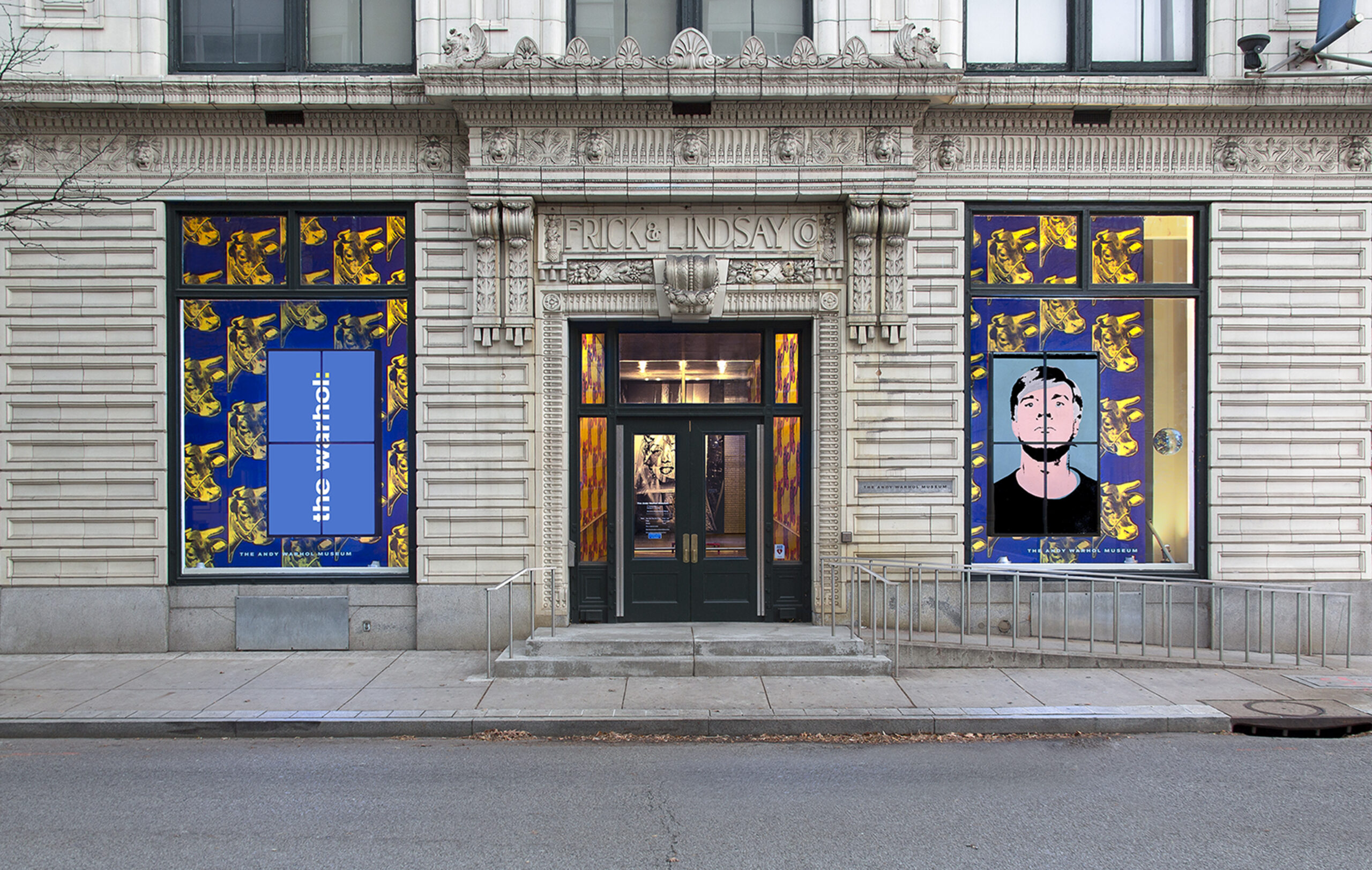Located in Pittsburgh, Pennsylvania, the place of Andy Warhol’s birth, The Andy Warhol Museum holds the largest collection of Warhol’s artworks and archival materials. We are one of the most comprehensive single-artist museums in the world and the largest in North America.
About the Museum
The Andy Warhol Museum, entrance
Photo by Abby Warhola
Mission
To engage and inspire through Warhol’s life, art, and legacy.
Vision
The Andy Warhol Museum will be a global destination for scholarship and learning about Warhol’s life, art, and relevance to contemporary culture. With expanded access to the collection and engaging experiences, the museum will be a sustainable model for inclusivity and a platform for creative expression.
Values
- The life story of Andy Warhol, in all its complexity, is inspirational and guides our work.
- Our collection is the heart of our institution and we will succeed through sharing, preserving, and interpreting the collection in the most accessible way possible.
- The museum is a place to express and explore multiple perspectives, push boundaries, and challenge conventions.
- The Warhol believes in learning by doing and being a place of experimentation.
- The Warhol is committed to advancing diversity, equity, and inclusion in every aspect of our work.
Founding
The Warhol is one of the four Carnegie Museums, and a collaborative project between Carnegie Institute, Dia Art Foundation, and The Andy Warhol Foundation for the Visual Arts, Inc. Plans to house The Warhol in Pittsburgh were announced in 1989, and the museum opened its doors during a 24-hour celebration on May 13, 1994. Originally built in 1911 as a distribution center for products sold to mills and mines, The Warhol was redesigned by architect Richard Gluckman and features seven floors of gallery and exhibition space as well as an underground level that houses The Factory education studio and the conservation lab.
Carnegie Museums
Established in 1895 by Andrew Carnegie, Carnegie Museums is a collection of four distinct museums: Carnegie Museum of Art, Carnegie Museum of Natural History, Carnegie Science Center, and The Andy Warhol Museum. The museums reach more than 1.4 million people a year through exhibitions, educational programs, outreach activities, and special events.
The Collection
The Warhol holds the largest collection of Warhol’s artworks and archival materials. Paintings, drawings, commercial illustrations, sculptures, prints, photographs, wallpapers, sketchbooks, and books cover the entire range of Warhol’s career, from his early student work to pop art paintings and collaborations. The Warhol’s film and video collection includes approximately 350 preserved Warhol films, and it houses the entire output of the artist’s work in video, comprised of more than 4,000 videotapes. The archives is the greatest single collection of ephemera documenting Warhol’s life, and it includes Warhol’s serial work the Time Capsules—610 containers that the artist filled, sealed, and sent to storage.
More about the museum
30th Anniversary Mini Documentary
The Andy Warhol Museum’s 30th Anniversary Mini Documentary explores how the museum has supported the life, art, and legacy of Andy Warhol and how it has transformed Pittsburgh’s north shore neighborhood over its first 30 years.


